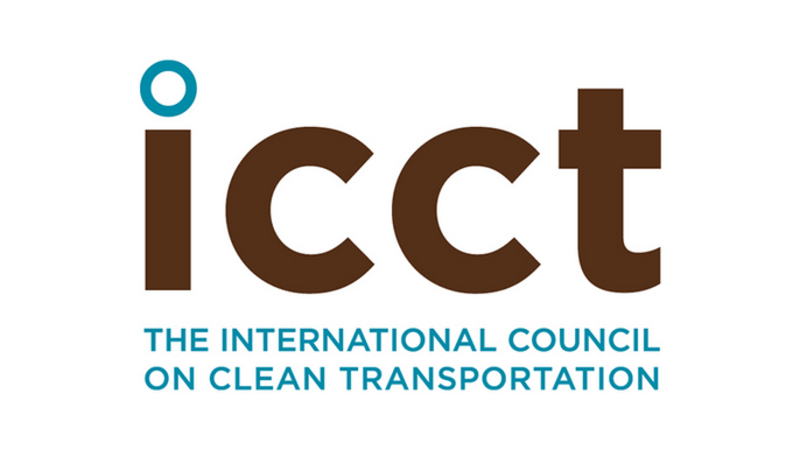-
Achieving net zero requires climate-neutral hydrogen to decarbonise processes that are hard to electrify.
To meet this objective, global energy scenarios predict that clean hydrogen will need to represent 5 to 14 percent of final energy consumption by 2050. However, as hydrogen will be scarce, its use should be prioritised where it is most needed, while ensuring that the total emissions associated with its worldwide production decrease over time.
-
A rapid scale-up of renewable hydrogen production and targeted use is key for climate neutrality.
“No-regret” applications include renewable molecules for industrial feedstocks and chemical processes, as well as high-energy-density fuels for aviation and shipping. Additionally, in some power systems, hydrogen will play a role in long-term seasonal storage to complement renewables and ensure energy security.
-
Some hydrogen applications remain controversial, such as high-temperature industrial heat, which in most cases could be provided by electricity.
In transport, there is competition in the market between battery-electric and hydrogen-powered options for trucks and buses, short-haul aviation and shipping, trains and non-road mobile machinery. In the power sector globally, the role of hydrogen for long-term storage is still under debate, given the different seasonal demand patterns and competing flexibility options around the world.
-
Hydrogen should not be used where more energy-efficient direct electrification technologies exist.
For example, low-temperature industrial heat and buildings are best served by heat pumps that deliver significantly more energy per unit of electricity. Likewise, for passenger cars and other light vehicles, battery-electric technology is the benchmark for energy efficiency.
Prioritising hydrogen for the most effective uses – an overview
Key considerations for hydrogen uses in industry, transport and power

Preview
Climate-neutral hydrogen will be essential to achieve net zero, but the global ramp-up of its production has been significantly delayed. Given the existing constraints on the supply side, it is unlikely that the necessary volumes of hydrogen will materialize quickly. This makes it all the more important to focus on those applications that really need hydrogen to become climate neutral.
This overview presentation summarizes the evidence and key arguments for and against hydrogen applications in industry, transport and power, so as to effectively contribute to achieving climate-neutrality.
Key findings
Estimates of global hydrogen demand in 2050: selected scenarios
Bibliographical data
Downloads
-
Slide Deck
pdf 3 MB
Prioritising hydrogen for the most effective uses – an overview
Key considerations for hydrogen uses in industry, transport and power













